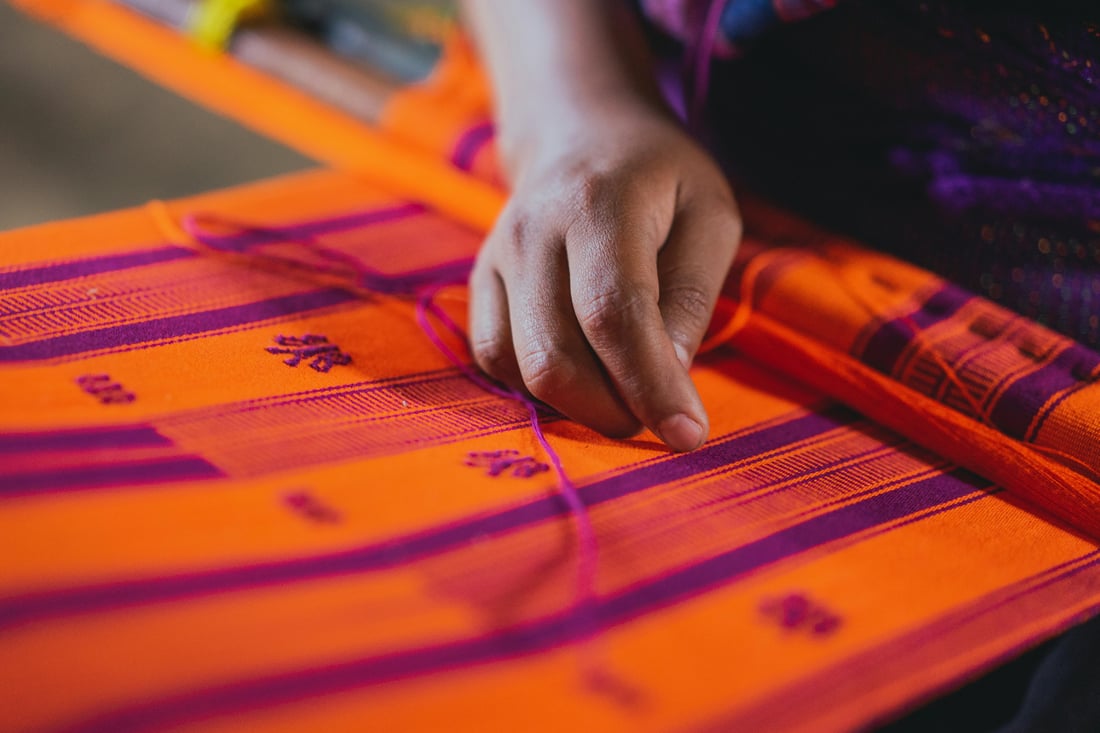Fabric inspection is a crucial step in the production process that involves evaluating the quality and consistency of the fabric before it is used in manufacturing. This process helps to identify any defects or irregularities in the fabric that could affect the final product.
Types of Fabric Inspection
There are several types of fabric inspection, including 4-point fabric inspection, 10-point fabric inspection, and random fabric inspection. Each type has its own method and criteria for evaluating the fabric, but they all serve the same purpose of ensuring quality control.
Benefits of Fabric Inspection
Fabric inspection helps to prevent defects in the final product, reduces the risk of costly rework, and ensures that the finished product meets quality standards. By identifying and addressing any issues early on, fabric inspection can save time and money in the long run.
Tools and Equipment Used in Fabric Inspection
Fabric inspection is typically carried out using tools such as fabric inspection machines, magnifying glasses, and lightboxes. These tools help inspectors to examine the fabric closely and detect any imperfections that may not be visible to the naked eye.
Common Defects Found in Fabric Inspection
Some common defects that fabric inspectors look for include fabric tears, stains, color variations, holes, and uneven weaving. By identifying these defects early on, manufacturers can take corrective action to ensure the final product is of high quality.
The Fabric Inspection Process
The fabric inspection process typically involves unwinding the fabric roll, spreading it out on a flat surface, and examining it section by section. Inspectors carefully check each area for defects or irregularities and mark any issues for further evaluation or repair.
Quality Assurance and Fabric Inspection
Fabric inspection is an essential part of quality assurance in the textile industry. By conducting thorough inspections of incoming fabric materials, manufacturers can ensure that only high-quality fabrics are used in their products, leading to greater customer satisfaction.
Importance of Training for Fabric Inspectors
Proper training is crucial for fabric inspectors to effectively identify and evaluate defects in fabric materials. Training programs can help inspectors develop the skills and knowledge needed to carry out thorough and accurate inspections.
Challenges in Fabric Inspection
One of the challenges in fabric inspection is the need for speed and accuracy. Inspectors must be able to quickly identify defects while also maintaining high levels of accuracy to ensure that no issues are overlooked during the inspection process.
Continuous Improvement in Fabric Inspection
Fabric inspection processes are constantly evolving as new technologies and methods are developed. By staying up-to-date on the latest industry trends and innovations, manufacturers can enhance their fabric inspection processes and further improve the quality of their products.
Quote Inquiry
Contact us!

